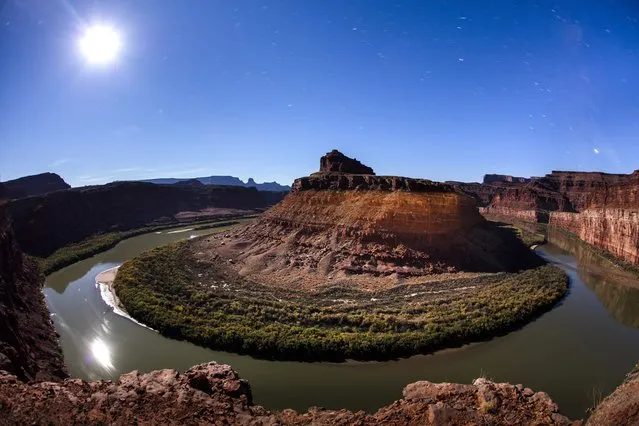
The moon rises above the Colorado River as it winds around the northern reaches of the proposed Bear Ears National Monument near Moab, Utah, USA, 11 November 2016. In October 2015, a coalition of five Indian nations, including the Hopi, Ute, and Navajo, formally proposed the monument, attempting to preserve the parcel's 100,000 archeological sites from ongoing looting and grave robbing. Less than two months before handing over the White House to President Elect Trump, President Obama must decide if it's worth the political capital to designate Bear Ears a national monument. (Photo by Jim Lo Scalzo/EPA)
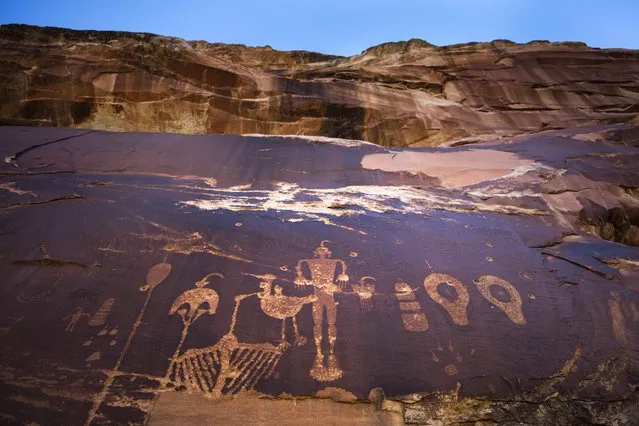
The 1000-year-old Wolfman Petroglyph Panel adorns a rockface within the proposed Bear Ears National Monument near Bluff, Utah, USA, 14 November 2016. (Photo by Jim Lo Scalzo/EPA)
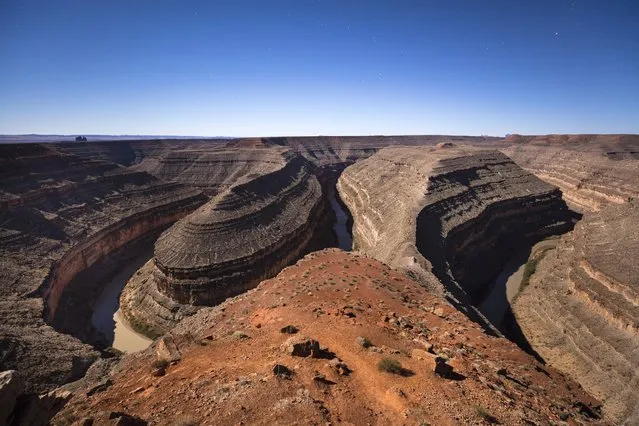
A long exposure picture shows moonlight illuminating four sharp bends in the Colorado River, viewed from Goosenecks State Park, in the proposed Bear Ears National Monument near Mexican Hat, Utah, USA, 13 November 2016. (Photo by Jim Lo Scalzo/EPA)
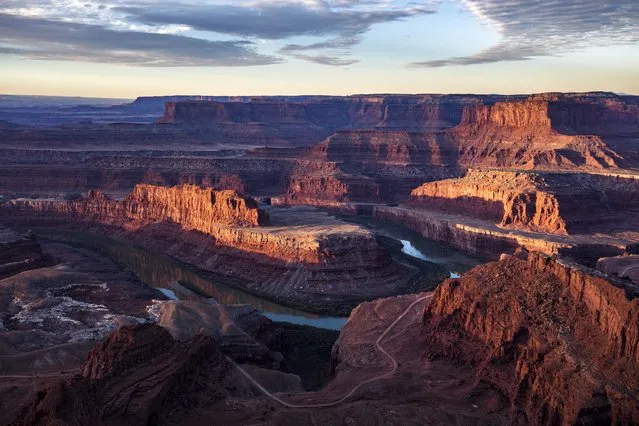
The Colorado River winds around the northern reaches of the proposed Bear Ears National Monument (center), with Canyonlands National Park in the background, viewed from Dead Horse Point State Park near Moab, Utah, USA, 12 November 2016. (Photo by Jim Lo Scalzo/EPA)
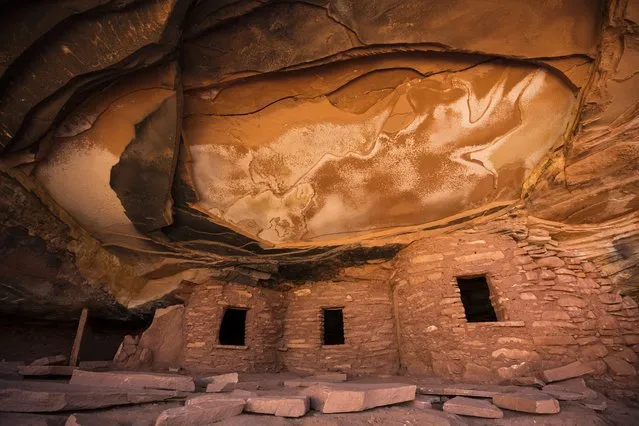
Eight hundred-year-old Ancestral Pueblo ruins, known as “Fallen House Ruins”, are among the 100,000 archeological sites within the proposed Bear Ears National Monument near Mexican Hat, Utah, USA, 13 November 2016. (Photo by Jim Lo Scalzo/EPA)
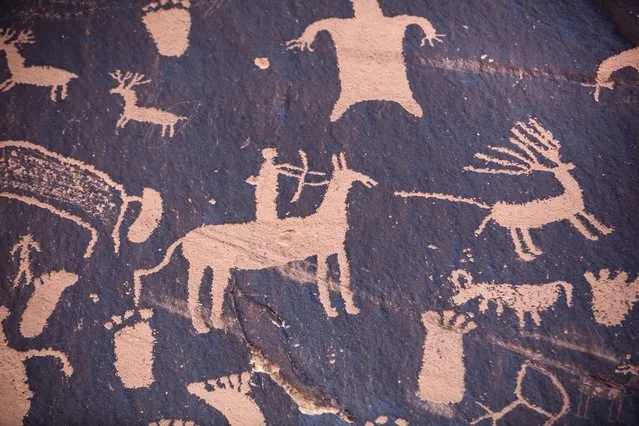
Two thousand-year-old petroglyphs carved into a rock panel known as “Newspaper Rock”, which are currently part of Newspaper Rock State Historical Monument, are within the boundaries of the proposed Bear Ears National Monument near Monticello, Utah, USA, 12 November 2016. (Photo by Jim Lo Scalzo/EPA)
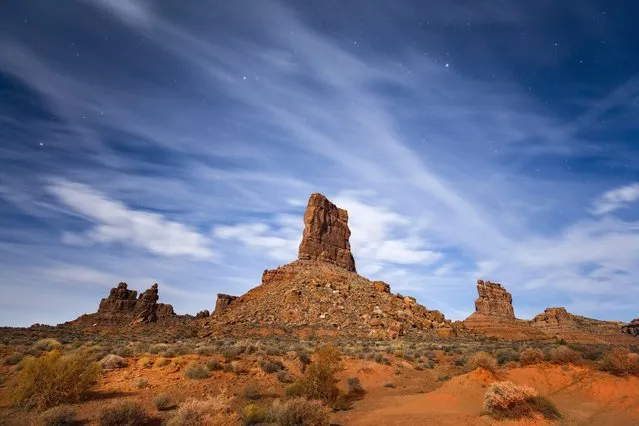
Moonlight illuminates sandstone buttes in the Valley of the Gods in the proposed Bear Ears National Monument near Mexican Hat, Utah, USA, 12 November 2016. (Photo by Jim Lo Scalzo/EPA)
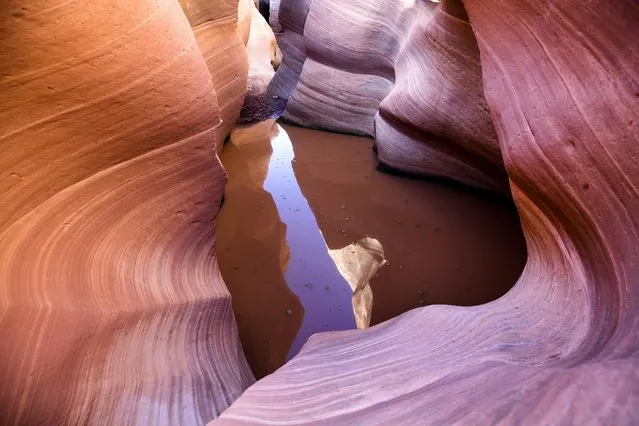
Muddy water fills a small slot canyon in the proposed Bear Ears National Monument near Fry Canyon, Utah, USA, 12 November 2016. (Photo by Jim Lo Scalzo/EPA)
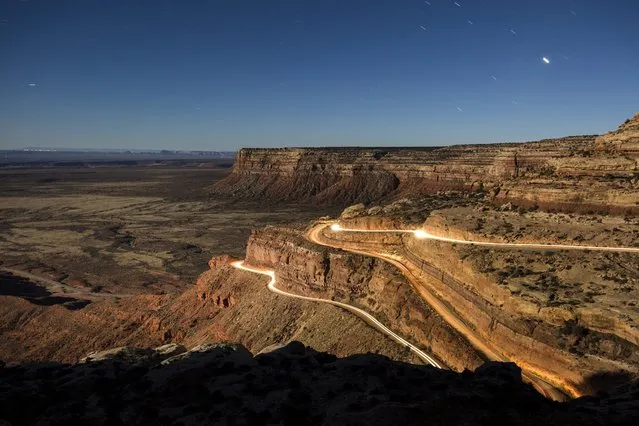
In a long-exposure image at night, car lights illuminate the Moki Dugway, a series of steep switchbacks that climb 1,200 feet (366 meters) from the Valley of the Gods to the top of Cedar Mesa in the proposed Bear Ears National Monument near Mexican Hat, Utah, USA, 13 November 2016. (Photo by Jim Lo Scalzo/EPA)
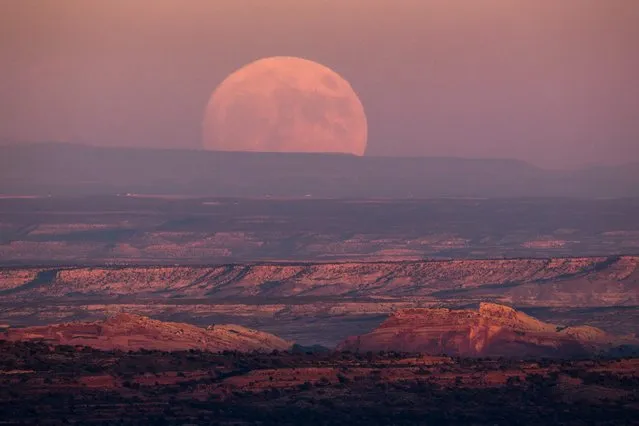
A nearly-full “supermoon” rises at dusk above the Valley of the Gods in the proposed Bear Ears National Monument near Mexican Hat, Utah, USA, 13 November 2016. (Photo by Jim Lo Scalzo/EPA)
07 Dec 2016 11:53:00,
post received
0 comments
